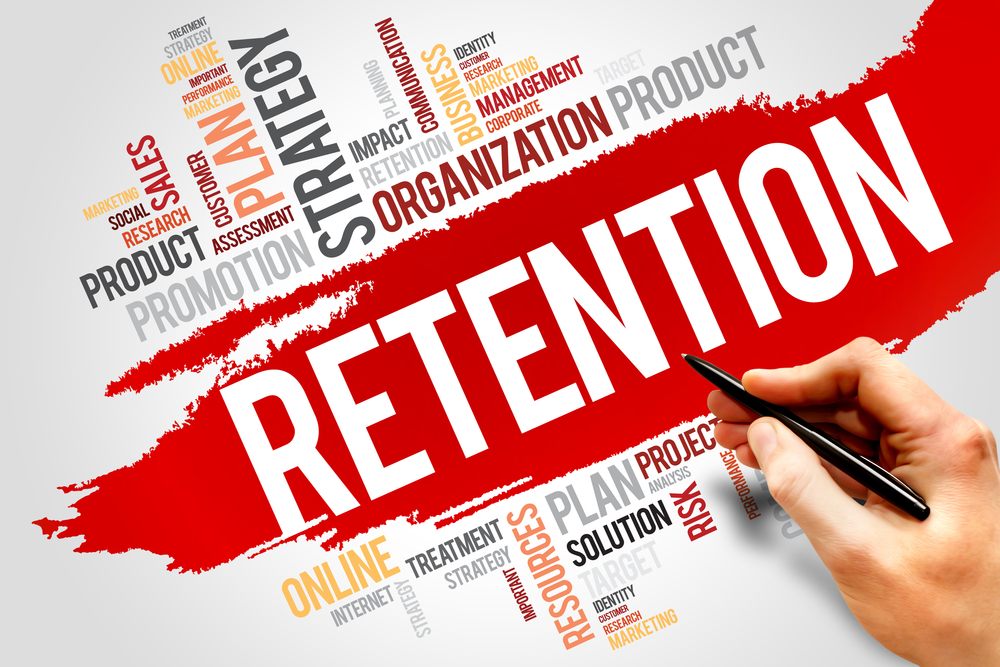A Guide To Why You Need Email Validation
During an email marketing campaign, you’re going to be sending out a lot of emails to all kinds of places. While you might think that sending mail to any email address on your list is the way to go, it can actually hurt your sender reputation if you do this blindly.
Internet service providers are always on the lookout for those who send emails indiscriminately, since that’s the mark of someone distributing spam or malware. You need to be careful about how you send emails and who you send them to if you want to keep on top of your game.
What Is Email Validation?
Email validation is simple in concept, less so to put into practice. Put in a few words, it’s the process of making sure that each and every email address on your mailing lists is connected to a real person, is actively used and not an abandoned or throwaway account, and can actually receive your emails.
Why Should You Use Email Validation?
As mentioned before, sending emails indiscriminately hurts your reputation as a sender. In other words, the more you do this the more likely ISPs are to flag your content as potential spam or malware and block you or send you straight to the spam folder! That’s a big no-no in email marketing, since you heavily rely on people reading your content to succeed.
There are several actions that hurt your reputation. These include:
- Sending emails to non-existent addresses.
Sometimes people put the wrong information into your sign-up forms, whether deliberately or accidentally. Sending to these non-existent addresses is a huge red flag to ISPs. In addition, some servers have what’s called an “accept-all” policy, where the mail will be accepted even if the desired mailbox doesn’t exist.






